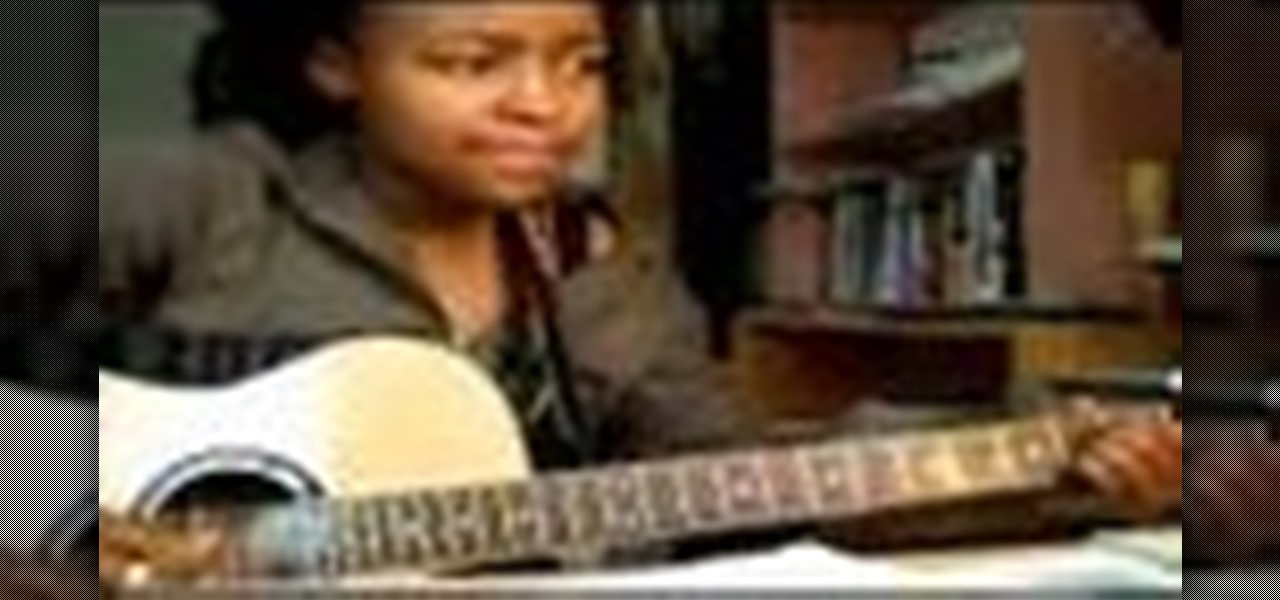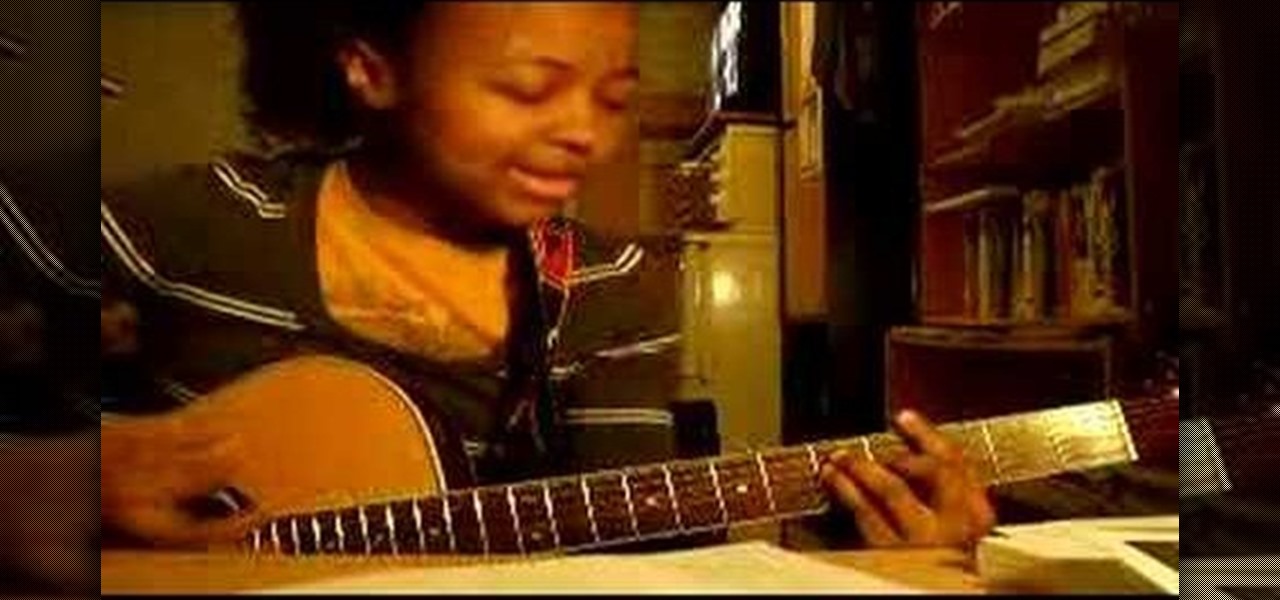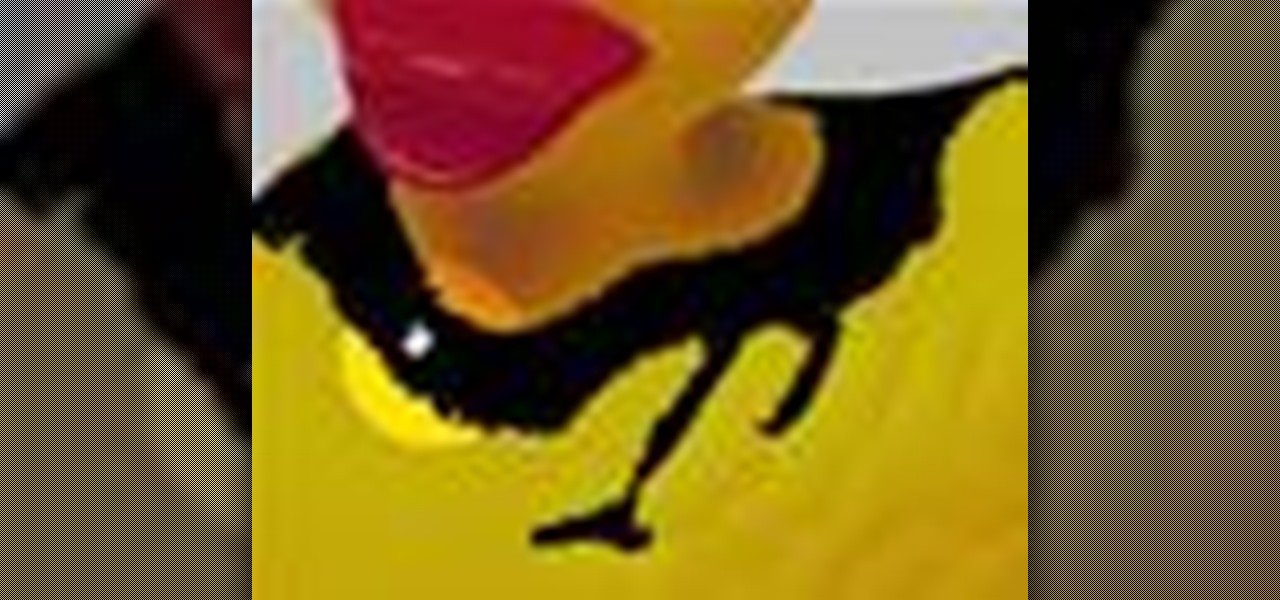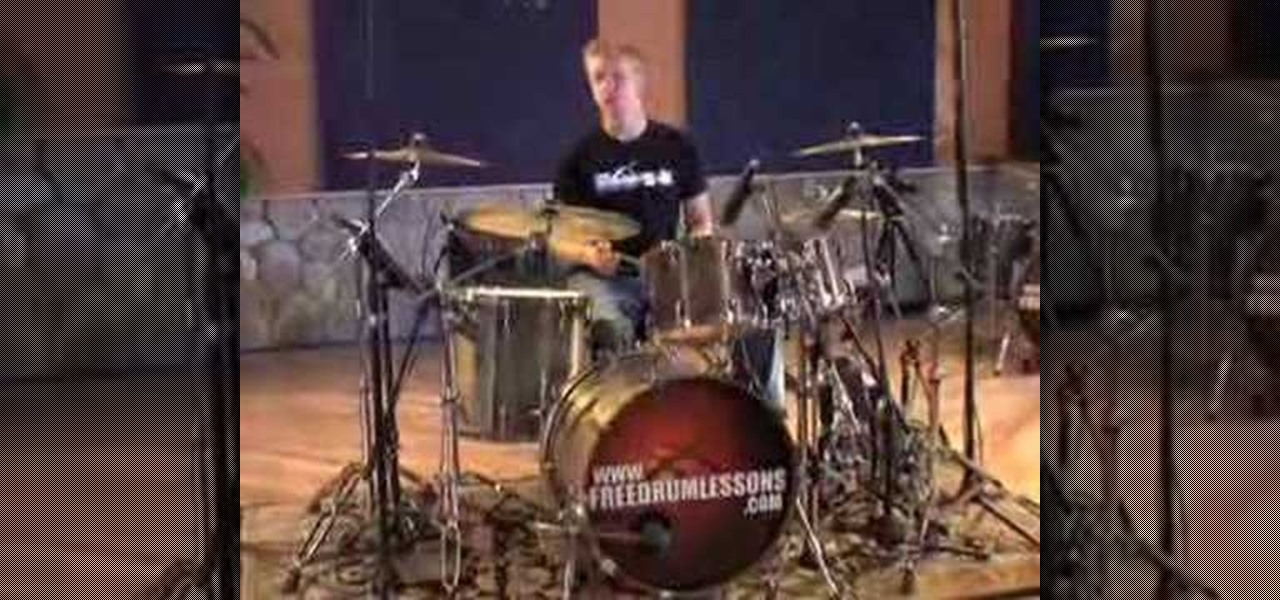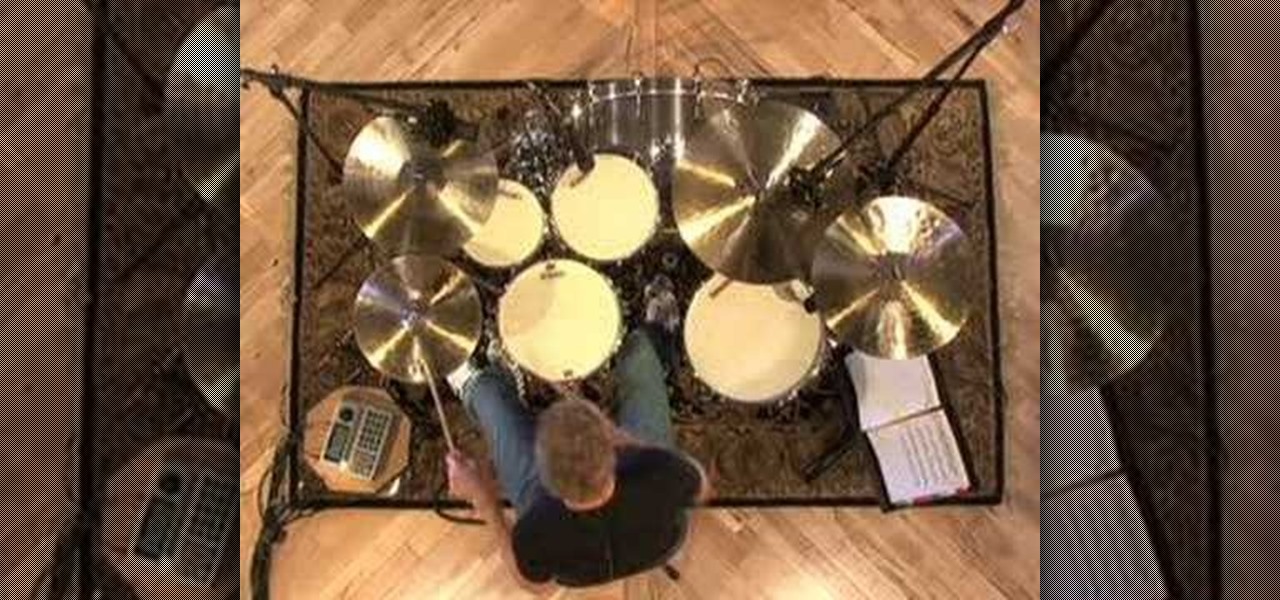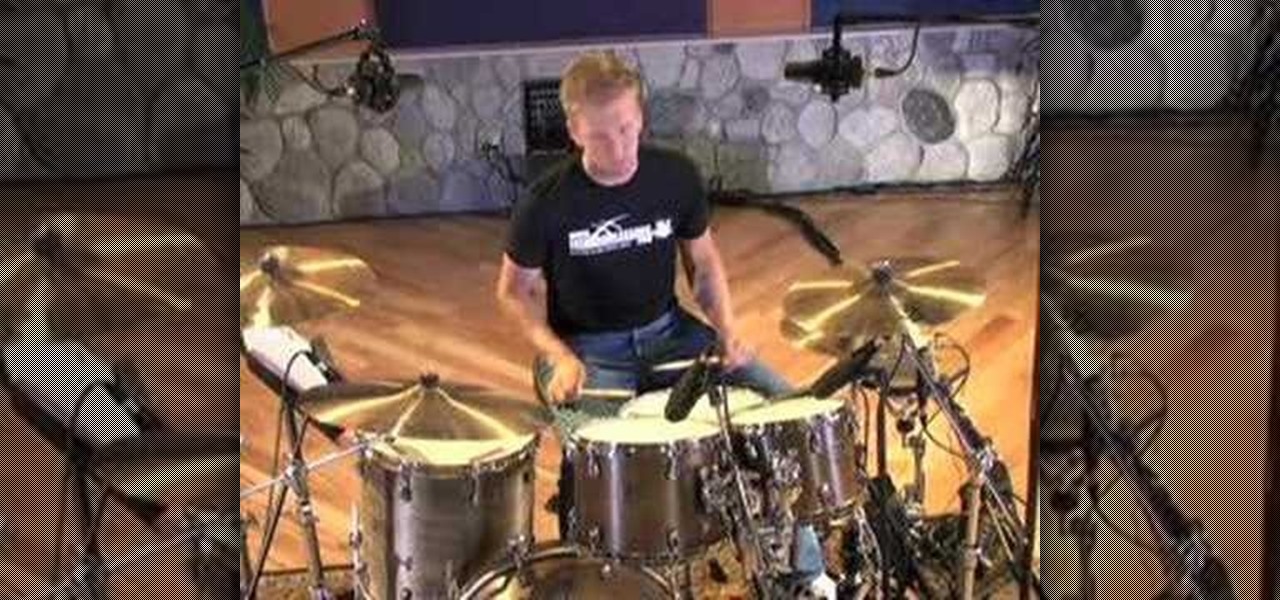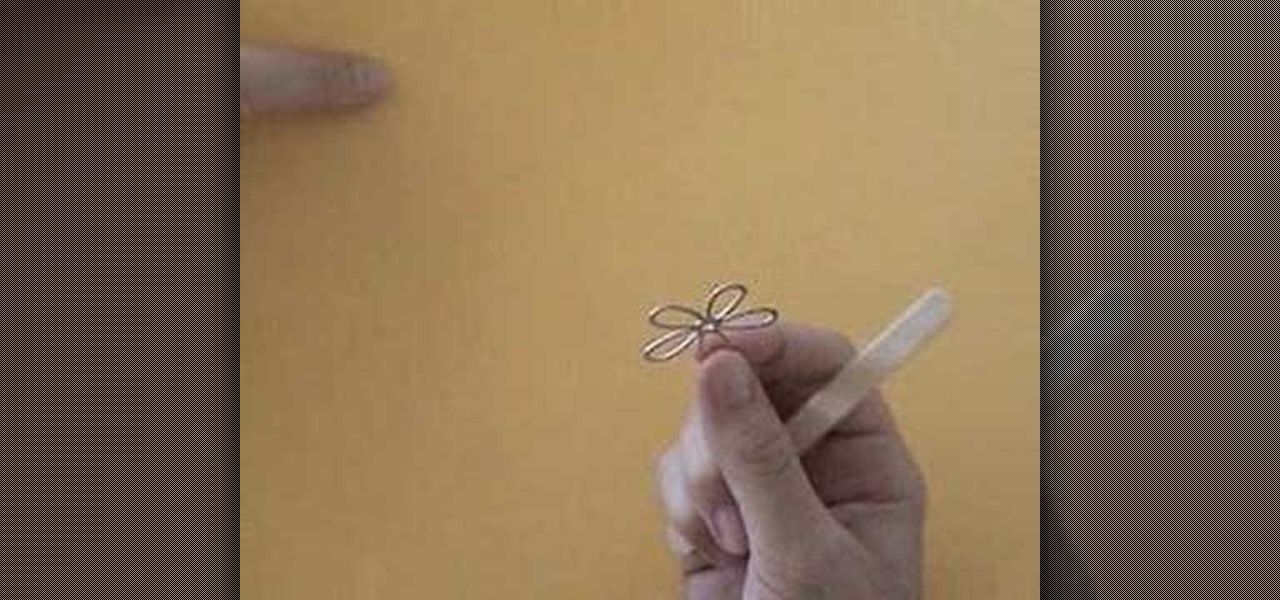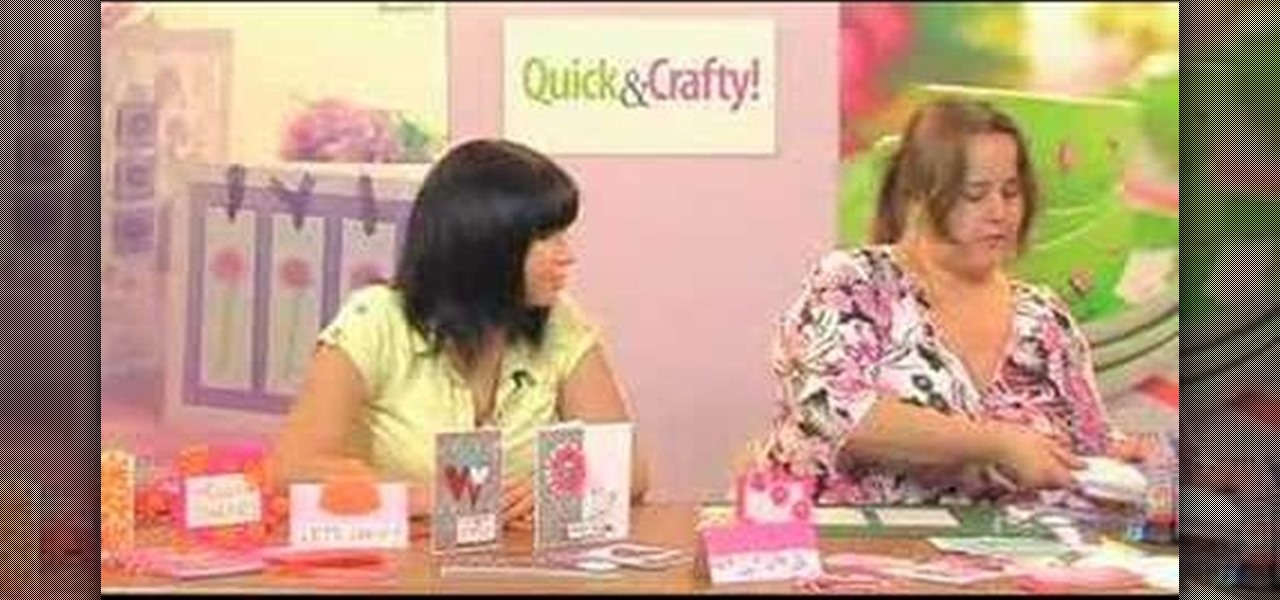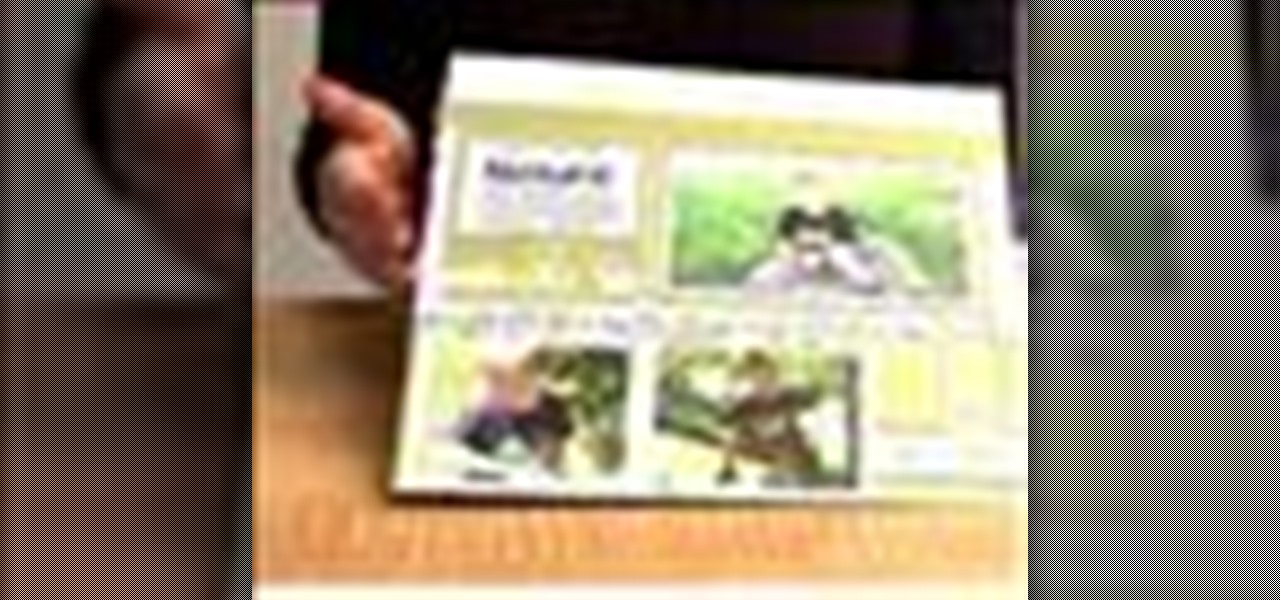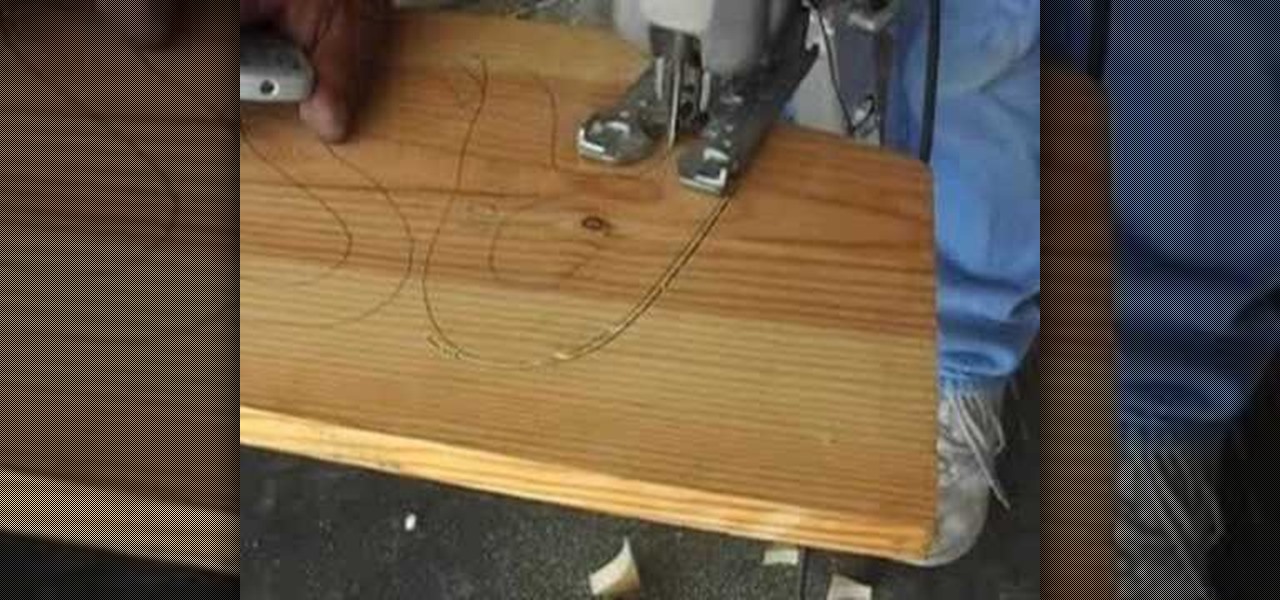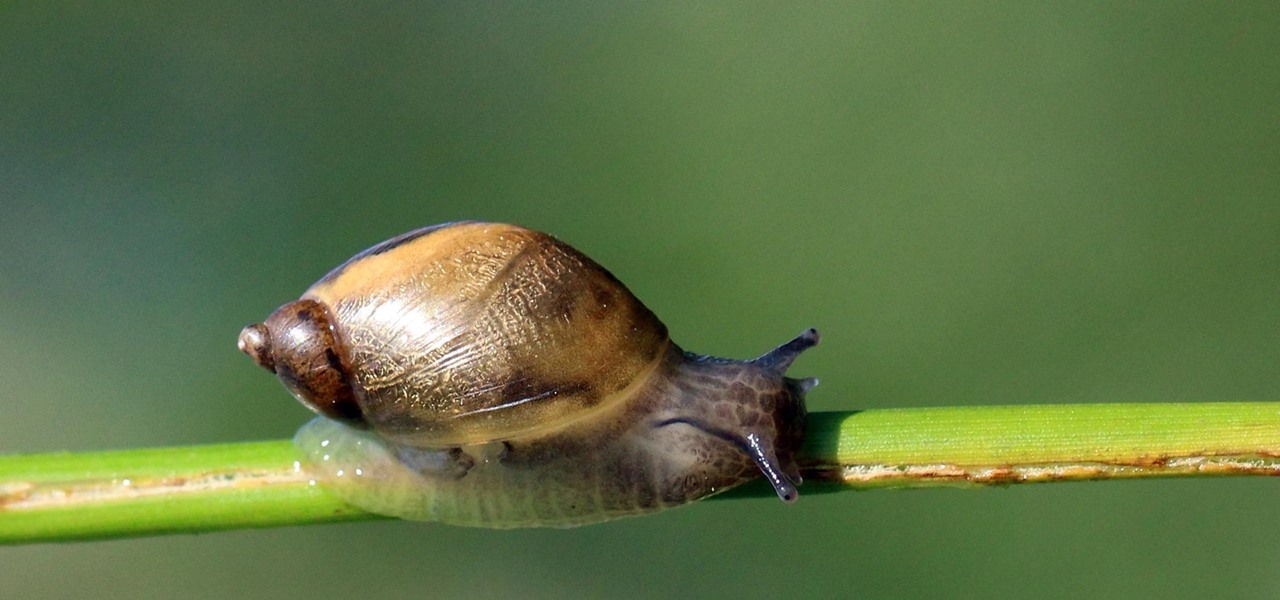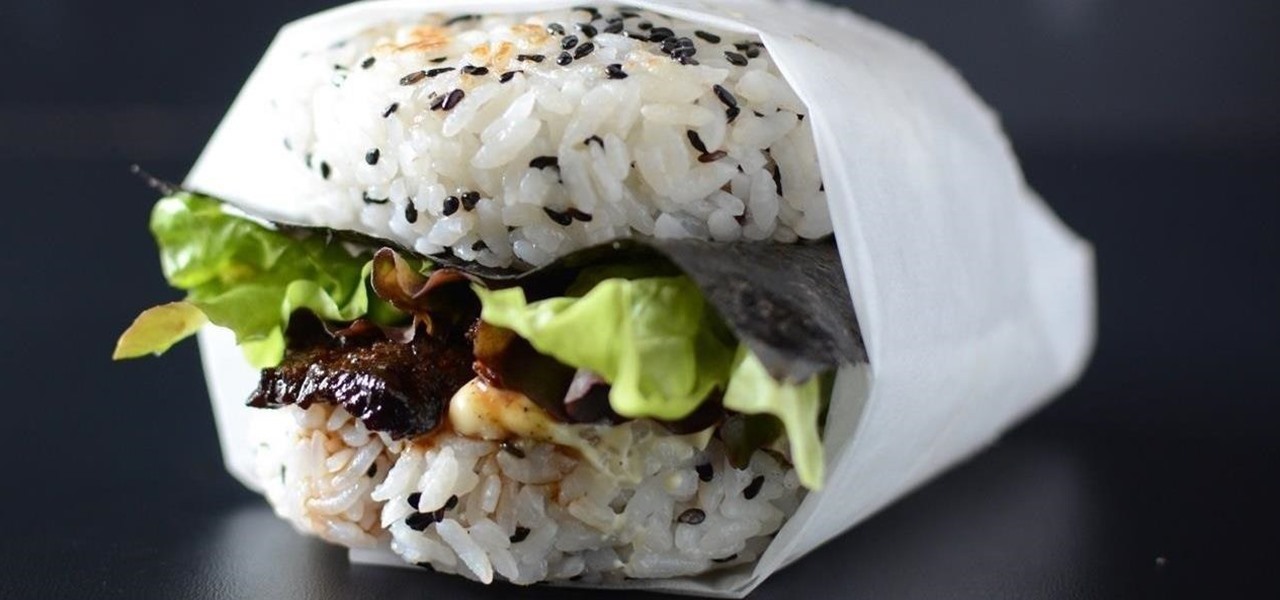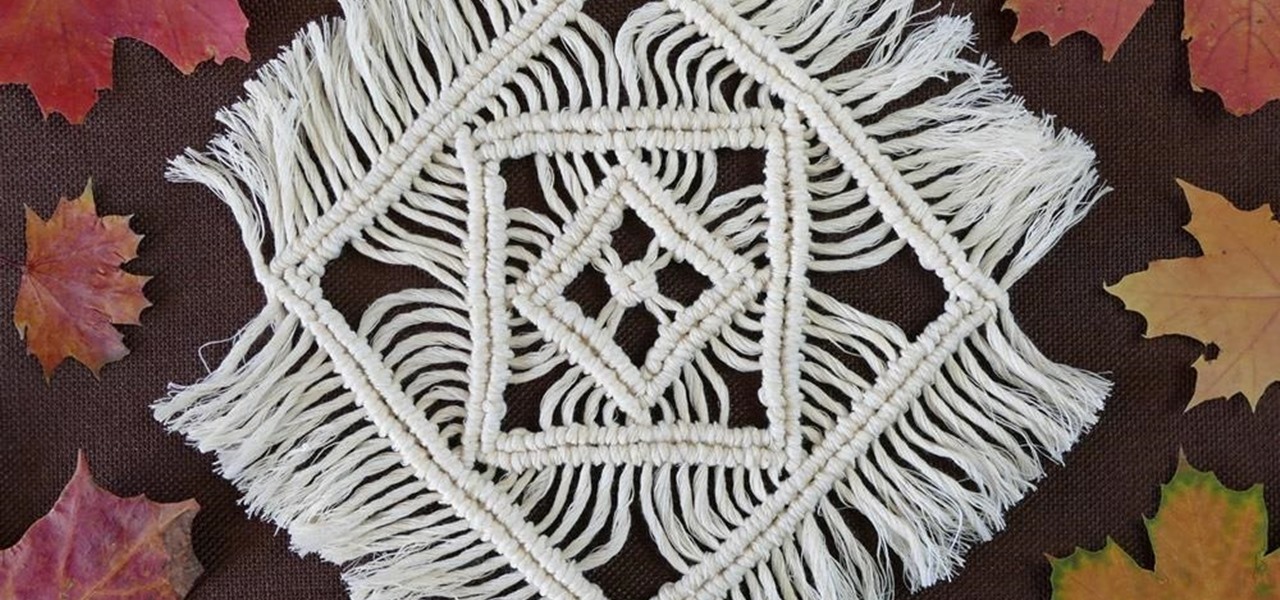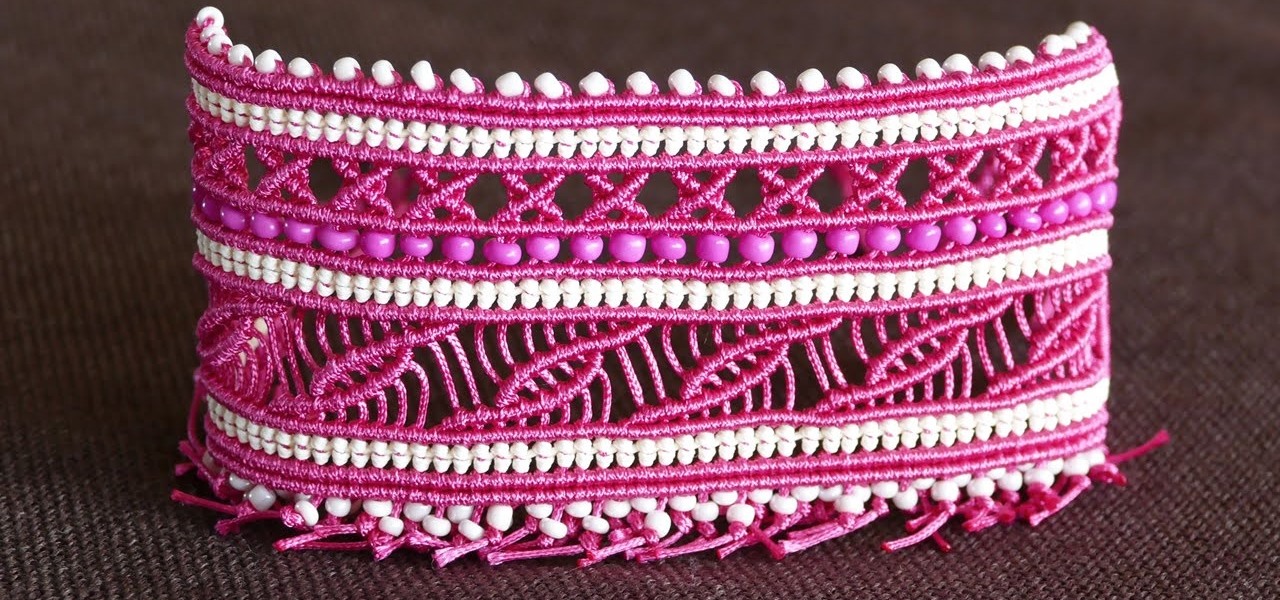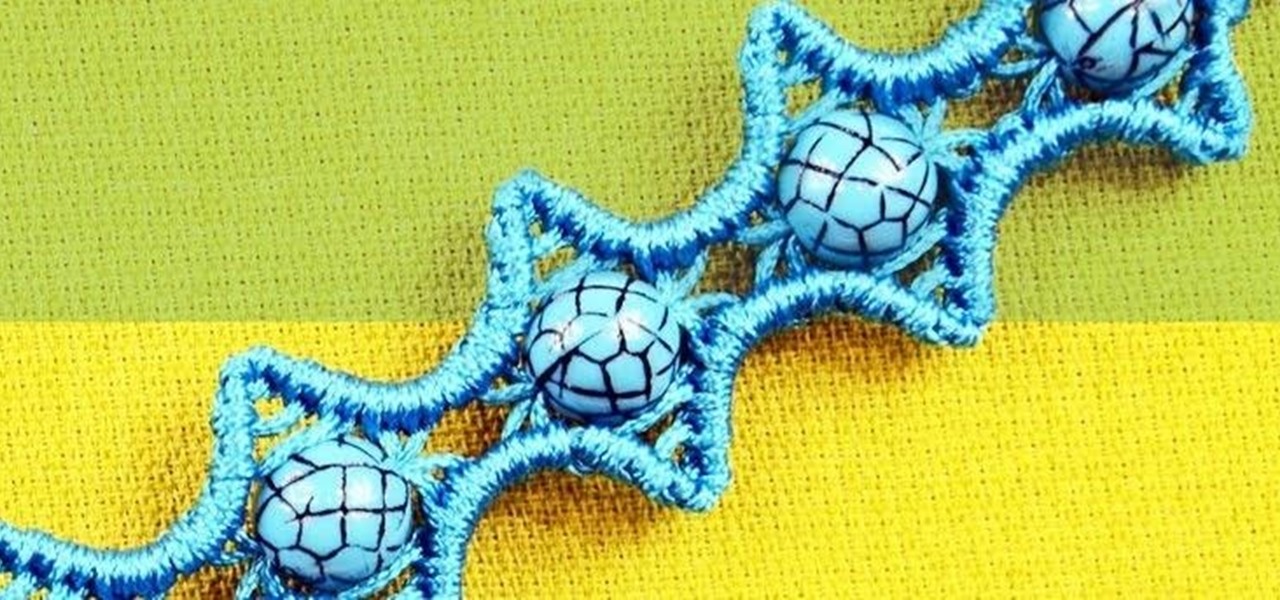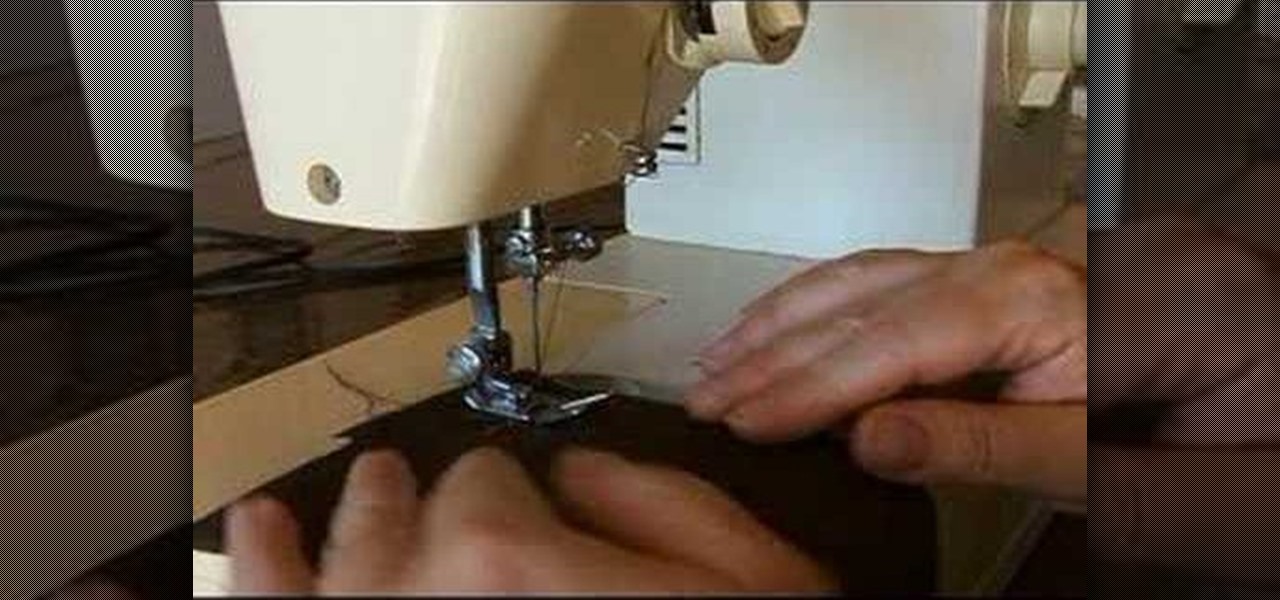
Machine basting is a common technique used in many patterns for garment construction. It's easy, and can help your garment look more professional when finished. This video tutorial shows you how to machine baste a seam.

This video is a juggling tutorial for the Windmill and Burke's Barrage patterns. Make sure you can do under-arm and overhand throws first. Learn how to juggle the Windmill and Burke's Barrage by watching this instructional video and start practicing your juggling.
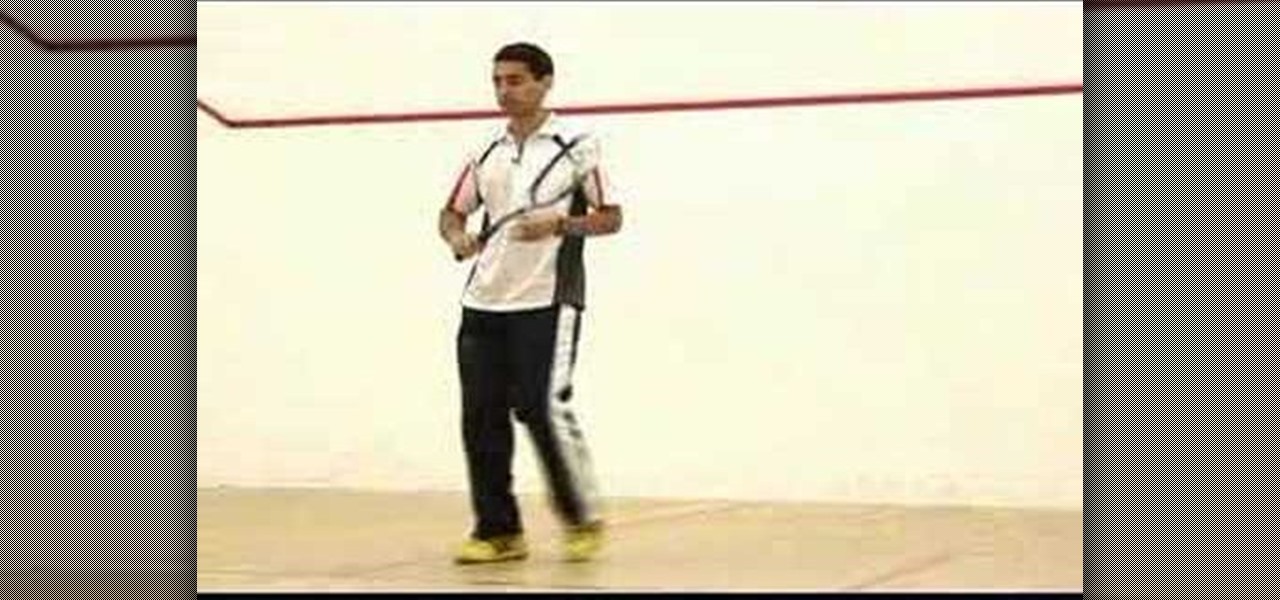
If you have ever been curious about playing squash, watch this how to video. This is a quick squash playing tutorial that shows you two basics footwork techniques. This first is the forehand technique which has three main patterns: front left, mid court, and back court. This video also goes over front right, mid court and back court backhand squash techniques.
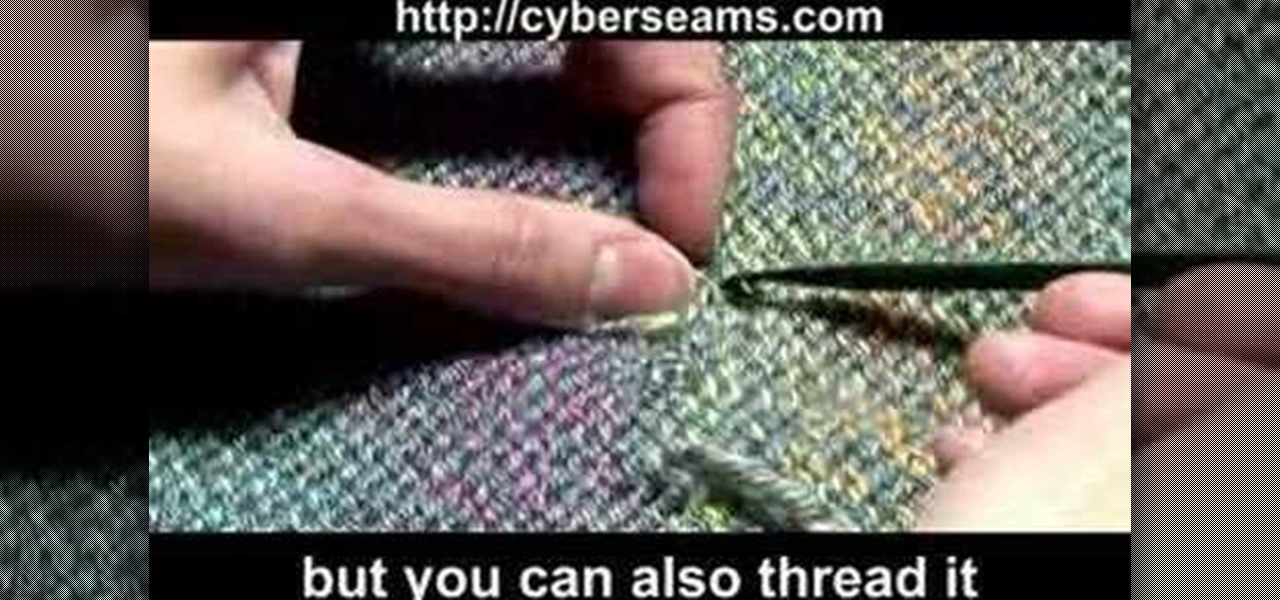
This how to video tutorial will show you how to weave in loose ends of yarn once you've knitted your project. Follow along and see how easy it is to hide the left over yarn without cutting it. Anyone can learn to knit and it's a great craft to know if you want to give handmade gifts! By combining the knit and purl stitches, you can create a wide variety of patterns.

This video will show how to slip stitches both for purl and for knit, and how to slip stitches if the pattern is a little vague. These instructions provide basic knitting how-to instruction for those just starting out.

Here is a demonstration of how to end your piece of knitting on the purl side. If your fabric is stocking stitch (a..ka stockinette stitch) and the pattern says "cast off (a.k.a. bind off) on the wrong side," then this is what to do. This is a quick and easy cast off method and is quite tight and inflexible.

Learn how to play some blues licks and chord patterns in the key of F on the piano or keyboard. This piano tutorial is great for intermediate pianists.

Learn how to play "Don't tell me" by Avril Lavigne on the guitar. CHORDS:

Learn how to play "What's up" by the 4 Non Blondes on the guitar. Chords:

Learn how to play He wasn't by Avril Lavigne on the guitar. Chords:

This video demonstrates how to do the downward facing dog technique in yoga. The video walks you through the movement of the arms, the position of your tail bone, and your breathing pattern while doing this technique.

Learn the names and patterns of some typical Greek buzuki (bouzouki) rhythms like the tamiko, kalamatiano, zembekiko, and ipirotika.

The paint bucket tool in Photoshop has many of the same attributes as the Magic Wand Tool, only the Paint Bucket fills an area with a solid color or pattern.

This free drum lesson features broken sixteenth note fills that work well within rock music. They are perfect for intermediate drummers that are looking for patterns that are a little more challenging than the standard sixteenth note fills.

This lesson includes six eighth note drum fills that are played between the snare drum and tom-toms. They are great for beginners that have mastered eighth note drum beats, and are now looking for corresponding drum fill patterns.

This video lesson includes six drum beats that are designed to build bass drum independence. They are musical patterns that can be used in a rock playing situation, but are here for the purpose of developing your bass drum foot. Work through them slowly at first, and eventually increase the speed as you gain more control.

This lesson covers six unique sixteenth note accent beats. These are ideal for intermediate to advanced drummers that are looking for new ways to spice up their grooves. The patterns are somewhat similar to the two-handed sixteenth note beats, but they incorporate accents on certain hi-hat strokes.

This video lesson covers five fun drum beats that are played on the toms. Unlike most drum beats that are centered around the hi-hats or ride-cymbal, these grooves are built around tom-tom patterns. They aren't too difficult to play, and work well in a wide range of playing styles.

The Glo Bug Yarn Egg. Tie it. Then it's hook, line, and sinker. This pattern is a standard for steelhead, salmon, and trout

Crochet instructions are the linguistics of crochet. Crochet instructions normally come in the form of crochet patterns for example crochet baby blanket. Learn how to understand them by watching this video.

In percussion, the paradiddle is a four-note pattern of the form RLRR or LRLL. When multiple paradiddles are played in succession, the first note always alternates between right and left. Paradiddles. Isn't that a funny word? It's reason enough to watch this.

Come learn how to create an embossed cardstock to match your patterned paper like many of the new ones on the market today. All you need is a piece of cardstock, a metal charm and a popsicle stick.

The Button Flower Quilt pattern was designed in the spirit of the American Arts and Crafts movement of the early 1900's. In this episode of Designing by Thread, Terry shows simple techniques for machine applique and strip piecing

Learn to use phantom chords as beat-keeping tools on the 2 hole draw. also teaches syncopated harp breakdown on 1, 2, and 3 hole and call and response within chord patterns.

Learn how to create a stunning keepsake using bold patterned papers and striking die-cut shapes. Corinne Bradd shows how to get to grips with the simple technique for a professionally finished gift that will delight friends and family alike!

Choose a scrapbook page theme. Select some patterned and solid paper that go well with your photos and with your scrapbook theme. For each page, you will want to highlight one photograph as the focal point. You can use a couple of other photos on the same page, but they should be cropped smaller and only be used to complement the main photo.

This video demonstrates how to make your own Greeting Cards at home. You will need the following: water color paint in bottles with sponge tip applicators and spray, ruler, adhesive, solid color paper stocks, patterned paper, a rubber stamp, stamp cleaning products, a bone folder, and a trimmer.

In this video presenter Dominic shows you how to use a Jig Saw correctly. Dominic suggests that if you are going to make a tight turn then you should use a skinnier blade in order to avoid banging up the wood or breaking the jig saw blade. He adds that you should be patient and try not to go too fast. With the jig saw you first have to drill a hole in the wood and then put the jig saw through as the blade is flexible and cannot be pushed through by itself. He suggests trimming off the first p...

To make a daisy chain beaded necklace you must get three different bead colors, two that are size eleven and one that is size four. The size eleven beads are for the stems and the outer part of the flower, while the size four beads are for the inside of the flowers. You will also need nylon thread and a clasp, such as a magnetic clasp. First slide the clasp on first and connect it to the thread. Next follow the following pattern for the beads, 8 for the stem (size 11), 6 for the outer petals ...

This tutorial describes how to make a Hershey Kiss holder. This is a quick and easy project that you can make to use as little gifts in your kids' lunches, for co-workers, party favors, place-holders at holiday meals and more.

Preheat the oven to 400 degrees F.

Deadly rat lungworm parasites have found their way into Florida. The parasitic worm relies on snails and rats to complete its life cycle, but don't let this nematode's name fool you. This worm can cause meningitis and death in humans who inadvertently consume snails, frogs, or crustaceans harboring the infective parasite.

Phuket, the island in Thailand typically associated with paradise and most recently, illegally-run hotels, now has a different problem—a stray cat with the claws of death.

With new diet and health claims coming at you everyday, it's sometimes hard to know what to believe. Well, here's a bright spot: A pair of studies confirm that whole grains are healthy for you, and for the diversity of microbes living in your gut.

Kuru is called the shaking disease, its name derived from the Fore word for "to shake." Caused by an organism that infects the part of the brain that controls coordination, people afflicted with kuru shake uncontrollably.

If you want to become a food Instagram star, you may want to consider having babies. Well, to be more specific, you might need Mike Chau's two adorable children, Matthew and Samantha.

This delicious new trend is the lovechild of everyone's two favorite foods: hamburgers and sushi. Yeah, that's right... meet the sushi burger.

Macrame Tablecloth, Coaster Tutorial - square within square pattern. Table Mats & Table decorations. Home decorating ideas.

This is a tutorial on how to make a Wide Macrame Cuff Bracelet. Crosses & Leaves pattern with beads. More info in video..

How to make a Macrame Star Bracelet with beads ( Star waves pattern :) This bracelet looks very interesting and its not hard to make.










